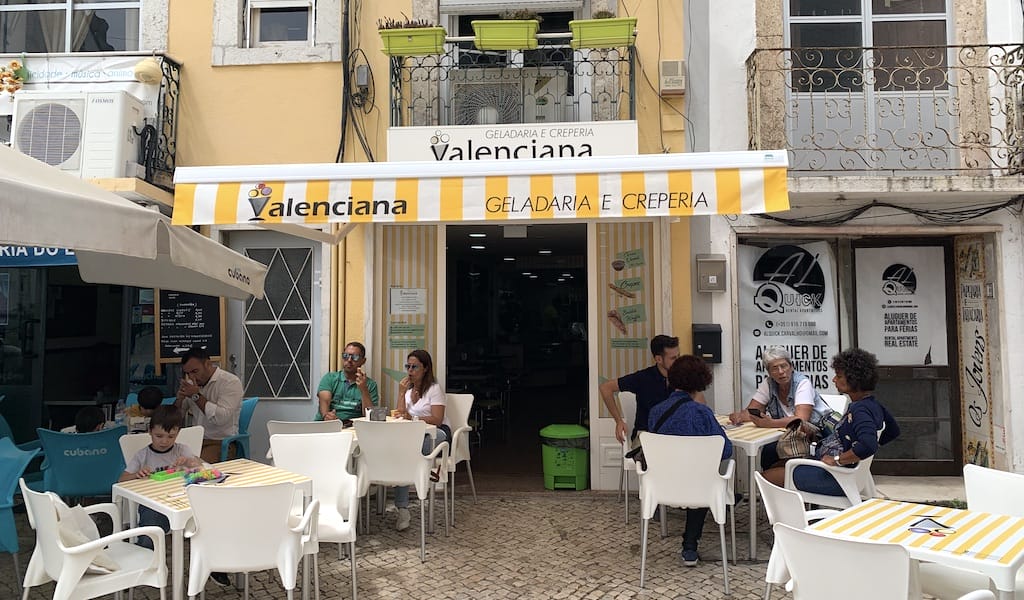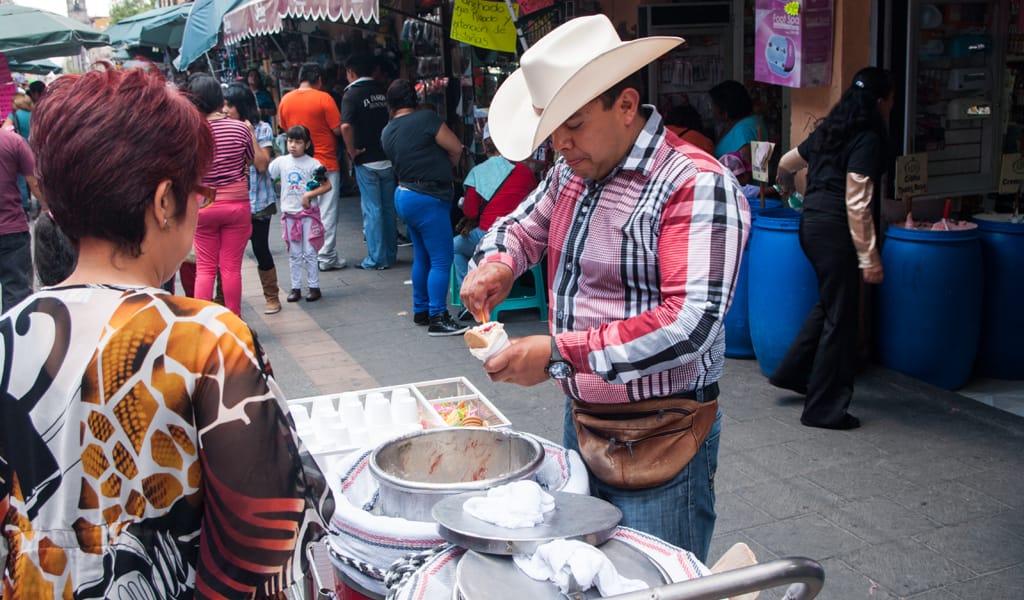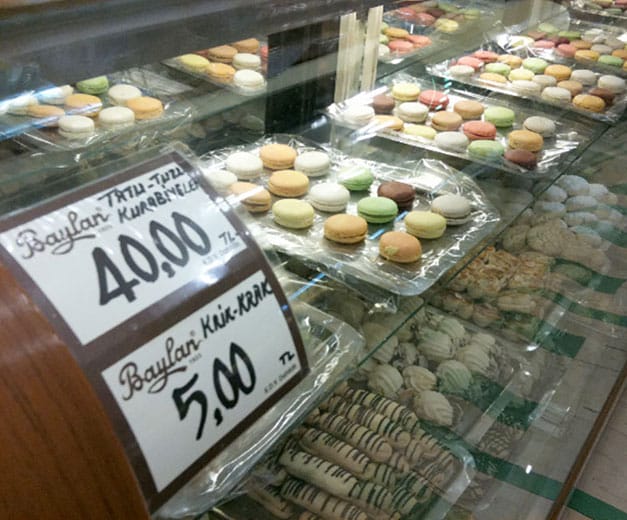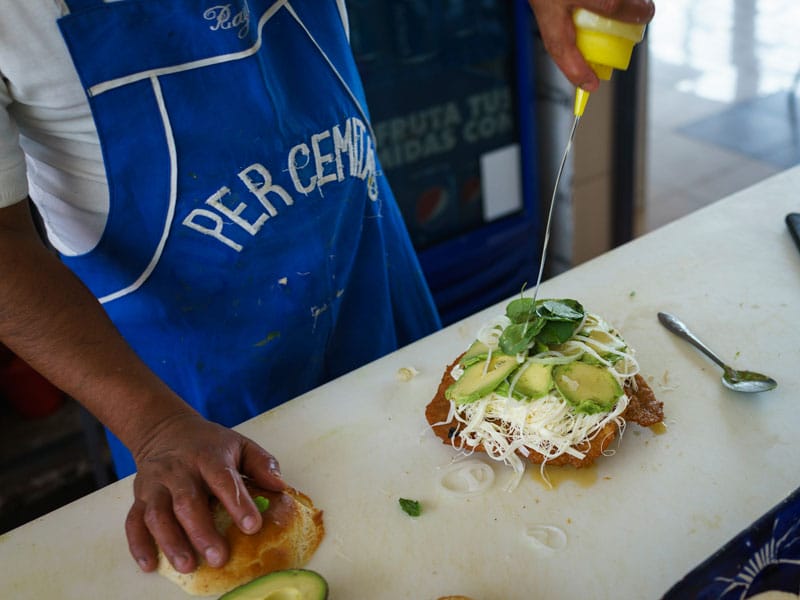The front doors look ordinary and nondescript – like any others in downtown Setúbal, a coastal city one hour south of Lisbon. Yet behind them is something extraordinary: mountains of fruit, jugs of milk and kilos of sugar. It’s summertime, and Célia Soares and her family, the owners of Valenciana, have a lot of ice cream to make.
Although Célia has always had a sweet tooth, she never could have guessed that one day she would own such a storied ice cream shop. Originally from Lisbon, Célia worked for years as a beautician and her husband, Fernando, owned a construction business. Yet in 2015, in the aftermath of the economic recession, she and her husband both found themselves unemployed. Having completed a cooking and pastry course, Célia decided to venture into unknown territory – she and her husband bought Valenciana, an ice cream shop that has brought joy and refreshing flavors to Setúbal for over 80 years.
Valenciana is certainly one of Portugal’s oldest ice cream shops, coming second only to A Veneziana; the latter, an iconic spot in Lisbon’s Restauradores Square, was founded by Luca Giovanni, an Italian transplant, in 1936. Both carry old-school ice cream desserts, such as banana splits and sundaes topped with fruit and whipped cream, as well as cassata, a round sponge cake with candid fruit and ricotta cheese.

As the name would suggest, it was a Spaniard who spread the gospel of ice cream outside of Lisbon. Jaime Verdú, who moved from Valencia to Portugal to escape the Spanish Civil War, opened his shop in Faro, the capital of Portugal’s Algarve region, in 1938. Originally called La Valenciana, the Spanish article was later dropped, although no one is sure when, exactly, that happened. He eventually moved to Setúbal, another coastal city bustling with trade and business, and brought his ice cream shop with him.
Located in the pedestrianized area of Largo da Misericórdia, Valenciana is a small shop bedecked in yellow and white stripes. Still, there’s room for some tables both inside and out. Although renovated, the interior is teeming with historic touches, such as old black-and-white photos of the Verdú family and an old sign that reads “Sorvetaria Valenciana – sorvetes e carapinhadas” (sorbets and icy drinks). As we approach the counter, we hear a kid exclaim, “Mommy, I want the strawberry and chocolate in a large bowl!” The joy inspired by ice cream is universal, apparently.
The ice cream is made in another building, where all the spotless stainless steel machinery shines, surrounded by milk, boxes of fruit, and sugar bags. Busy cleaning the 40-year-old ice-cream machine of the remnants of the last batch of strawberry, Célia says: “This is all manual, easier to control.”
The process begins in the other room; here, Célia mixes vanilla essence with the other ingredients: milk, cream, sugar and dextrose (a sweetener that also stabilizes the texture).
“The secret to good ice cream is the ingredients. I only use full milk from the Azores islands, and high-quality fruit.”
“The secret to good ice cream is the ingredients. I only use full milk from the Azores Islands, and high-quality fruit,” Célia explains. At the entrance we see the empty strawberry boxes from a local producer in Palmela. “I try to get most of the fruit locally,” she says. That way, the focus is on seasonality – “Now it’s the peach season,” she adds.
Valenciana remained in the Verdú family until 2015, when Jaime’s daughters sold it to Célia. In fact, she still has the wooden spoon that Jaime used to stir the ice cream, but she regrets that the original mixer seen in the photos had already been replaced by the time she and her husband bought the place. “He would stir [the ice cream] with that big spoon in a giant metallic round bowl,” she explains, which sat in a bath of ice water and salt to keep the cold temperature.
After buying the shop, Célia taught herself how to make ice cream, although she drew on the cooking and pastry course she had previously taken. Before the opening, she spent two days learning how to work the machines. “Because I love this so much I think it was easier and faster to learn,” she says.

Chocolate, strawberry and vanilla are the best-selling flavors, but Célia has introduced new ones, many of which are near and dear to Portuguese hearts: rice pudding, cookie cake (bolo de bolacha in Portuguese, cookies soaked in coffee, with a buttery and sweet coating), and, the most intriguing, Azeitão cheese, made with a gooey and soft sheep’s cheese from the nearby village of Azeitão.
“It wasn’t easy to make [the Azeitão cheese ice cream] work, but I managed it,” she says with pride while handing us a spoonful. New flavors are being tested, but Célia wouldn’t give us any hints as to what they might be. At the moment they are busy with their new project, called In Sado Valenciana, a café by the beach with ice cream, cocktails (some ice-cream based) and light meals.
Valenciana is a booming family business again – not only do Célia and her husband work at the shop, but so do her two daughters. For Célia, it’s certainly a sweet surprise.
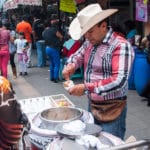 August 14, 2017 Cactus Popsicle
August 14, 2017 Cactus Popsicle
In Mexican cuisine, sweets are for the most part simple treats that are enjoyed at the […] Posted in Mexico City July 8, 2015 Baylan Pastanesi
July 8, 2015 Baylan Pastanesi
The roaring '20s: Flappers in the Pera Palas Hotel were dancing the can-can, Art Deco […] Posted in Istanbul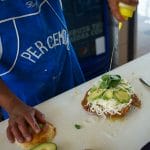 March 10, 2015 CB on the Road
March 10, 2015 CB on the Road
Among the regions of Mexico that are best known for their culinary wealth, Puebla is […] Posted in Mexico City
Published on August 22, 2019
Related stories
August 14, 2017
Mexico CityIn Mexican cuisine, sweets are for the most part simple treats that are enjoyed at the park, market or beach, such as caramelized fruits and vegetables, blocks of nuts or amaranth seeds held together with honey, or small rice paper cakes filled with honey. The common denominator of most of these sweets is their simplicity.…
July 8, 2015
IstanbulThe roaring '20s: Flappers in the Pera Palas Hotel were dancing the can-can, Art Deco was all the rage, the Turkish Republic was born. Hope, progress and newness double-stepped to the beat of Kemal Atatürk’s drum. This was the backdrop to which two Istanbul bakers, Filip and Yorgi, opened a whimsical chapter in the culinary…
March 10, 2015
Mexico CityAmong the regions of Mexico that are best known for their culinary wealth, Puebla is near the top. Approximately 100 kilometers east of Mexico City, Puebla is the birthplace of chiles en nogada, mole poblano (probably the most recognized Mexican mole worldwide) and cemitas, a knockout sandwich made with the bread of the same name.…







































